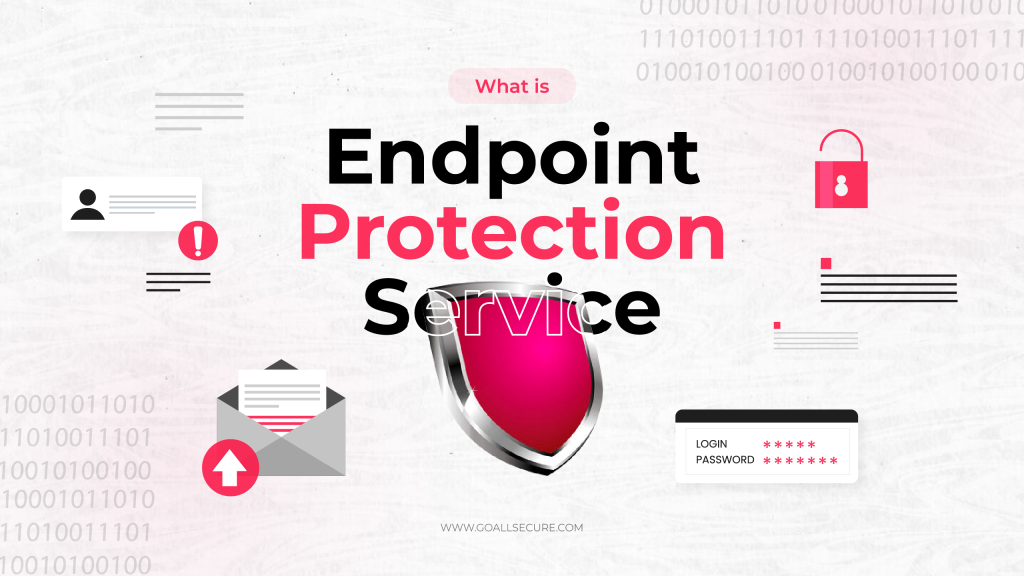The world of cyber security is such that if you are not prepared for emerging threats, you are susceptible to falling prey to a cyber attack every passing minute. Businesses today are constantly at risk of being hit by a data breach daily. The chances of your business getting breached are as high as 91%. Despite the imminent threat lurking, many companies are still unprepared to adequately detect and manage intrusions across their networks. In a situation like this, a business’s security posture is what they can rely on. A robust cyber security posture means that a company has all essential processes to protect its applications and business from vulnerabilities and threats. One can use several best practices to improve the security posture of their organisation. In this blog, we will discuss what the term security posture entails and why it is so important, along with putting down best practices that will affect your security posture more.
What Is Your Security Posture and Why Does It Matter So Much?
Security posture is an overall cyber security strength; it measures how vulnerable your organisation is to cyber attacks or data breaches. It also depends on how your organisation predicts, prevents, and responds to ever-changing cyber threats. An organisation’s security posture comprises its networks, information security, network security, data security, internet security, and other security controls. It represents every security measure put in place to defend your attack surface. With cyber criminals finding more mysterious ways to attack, an organisation’s security posture must keep up with these developments. The security posture will constantly be evolving concerning the latest threats that show up. There is no need for panic; all organisations need to do is be alert and cautious. The next section of this blog will shine a light on various steps that every organisation should follow to maintain and improve cybersecurity posture.
7 Steps to Improve Your Security Posture
There are several areas to consider and cover when it comes to improving an organization’s security posture. Here is a list of steps that you can follow to strengthen your organisation’s security posture:
- Conducting Regular Cyber Security Risk Assessments
- Implementing Automated Threat Detection and Remediation
- Devising A Strong Incident Management Plan
- Eliminating Silos
- Crafting Strong Third-Party Risk Management
- Keeping Track of Your Security Matrix
- Building Employee Awareness Programs
1. Conducting Regular Cyber Security Risk Assessments
The first step to improving security strength should constantly be assessing risks. It will give you a broader view of the security situation of your business. Conducting a cyber security risk assessments like network penetration testing will help to identify all possible vulnerabilities across various assets within your organisation. It enables you to determine your business’s most critical IT assets, the likelihood of an exploit, the potential impact of a data breach, and more.
2. Implementing Automated Threat Detection and Remediation
Automation plays a significant role in strengthening your security posture. In lieu of recent threats, one thing has emerged very clearly: there is a need for constant surveillance when it comes to threat protection. Deploying automation in the threat detection and remediation department makes the work so much easier and better. Doing this process manually is cumbersome and riddled with possibilities of human error. An organisation cannot take the risk when it comes to security. The market is flooded with tools and software that can help your organisation automate security-related procedures.
3. Devising A Strong Incident Management Plan
Being confident in the security practices put in place is one thing, and ignoring the off chance of an attack is another. There is no harm in putting together an incident management plan in place. The incident management plan serves as a safety net for your organisation to fall back on. Facing a cyber attack can be a chaotic process, and it is possible to be entirely bulldozed by it. But if you have a contingency program in place, you and your team will know exactly what to do and how to deal with the danger that you now face. Such plans have detailed instructions about what steps to follow in case of a breach or detection of one.
4. Eliminating Silos
In any organisation, some teams work in silos, i.e., working in a separate bubble of their own. These teams can cause a breakage in the communication chain, which can be disastrous during a breach. All teams need to have well-established communication lines for a better security posture. In line with creating a strong security posture for your organisation, it is eminent to break off these silos. Fostering a culture of open communication increases collaborations and yields better outcomes for the organisation.
5. Crafting Strong Third-Party Risk Management
Businesses often rely on third-party vendors for their various needs. Outsourcing services is a great way to lighten an organisation’s workload and day-to-day operations. However, collaborating with third-party vendors comes at its own cost. There are several risks involved in the process, and to reduce these risks, there is a need for curating strong third-party risk management. Your security posture can fall flat if the vendor you are in business with is not mindful of their cyber security. Third-party vendors open new attack surfaces for your organisation; therefore, they must be adequately screened, vetted, and brought to meet your security standards.
6. Keeping Track of Your Security Matrix
Security metrics offer a great way to measure your security practices’ effectiveness accurately. These metrics also help discover ways to mitigate risks and guide future prioritisation. To know how your organisation is doing from a cyber security standpoint, you need to look at specific metrics like
- Detected intrusion attempts
- Severity level of incidents
- Incident rates
- Vulnerability patch response time
- Number of users broken out by application/data access level
- Incident response time and time to remediation
- The overall volume of data the business generates (while not a security metric necessarily, changes in the traffic volume can help justify the need for new and upgraded security tools)
The collected data can help assess and improve security posture by highlighting the need for new and upgraded security tools.
7. Building Employee Awareness Programs
Your organisation is as well protected as the employees are aware of latest cyber threats. It is true because despite having a solid security posture, an organisation could be breached due to an employee’s mistake. An innocent mistake can, at times, cost millions. Therefore, building an employee training and awareness program is in the organisation’s and employees’ best interest. This program can help mitigate insider threats and detect phishing attempts. By training your employees, you are strengthening what is deemed your organization’s weakest link. This is not a one-time thing; it must be conducted regularly and mandatory for all employees.
In this ever-changing cybersecurity landscape, new vulnerabilities can develop at any point; continuously monitoring networks and critical business systems is the best way to determine any issues and quickly patch software when vulnerabilities are identified. Keeping an eye on the organisation’s security posture is vital. Thus, organisations must maintain a robust cyber security posture.
You can turn to GoAllSecure; our security experts can conduct risk assessments for your organisations and strengthen your security posture. We can help you implement the best practices and take your security posture to the next level.

















 TRAVEL & HOSPITALITY
TRAVEL & HOSPITALITY HEALTHCARE
HEALTHCARE RETAILS & ECOMMERCE
RETAILS & ECOMMERCE BANKING & FINANCIAL
BANKING & FINANCIAL AutoMobile
AutoMobile MANUFACTURING
MANUFACTURING FOOD
FOOD EDUCATION
EDUCATION



